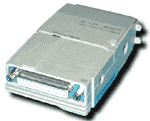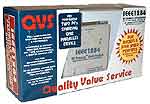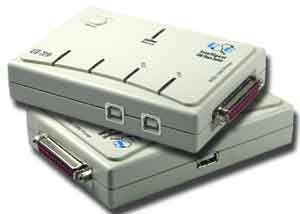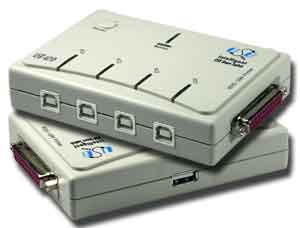|
The
Parallel Port is one of the most common connectivity
ports found on most of today's computers. Originally
designed to accommodate a parallel printer, it is now
capable of supporting a number of external peripheral
devices. Due to advances in today's computing environment,
the IEEE1284 Parallel Port was developed to boost its
performance and versatility.
IEEE1284
This standard signaling method provides high-speed bi-directional
communication between a PC and an external peripheral.
It communicates 10 to 50 times faster than the original
parallel port. With this speed it is capable of external
peripheral support including printers, scanners, digital
cameras, and storage devices.50%
Parallel
Switches
With the proliferation of parallel devices, today's
computer users face the problem of swapping cables between
their connected peripherals due to lack of additional
parallel ports. The parallel autoswitches solve this
problem and allow up to 4 connected peripherals. It
also facilitates peripheral sharing without the hassel
of setting a network-based system. Our Premium IEEE1284
swithces also feature built-in file sharing capability
and "Dual-Bus" architecture for simultaneous
use of parallel devices.
EPP
(Enhanced Parallel Port)/ECP (Extended Capabilities
Port)
EPP is used by a new generation of fast bi-directional
printers (HP LaserJet IV & V, Tektronix Phasers,
Lexmark Optra, IBM 4029 or 4039, Texas Instruments MicroLaser
Pro 600) & peripherals (CD-ROMs, tape and hard drives).
ECP is EPP with daisy chain capability. ECP utilizes
a new high-speed signalling method.
Use
IEEE1284 for Maximum Performance
|




